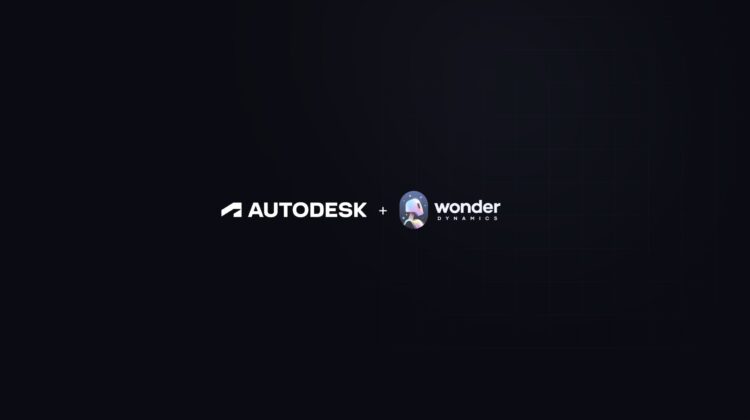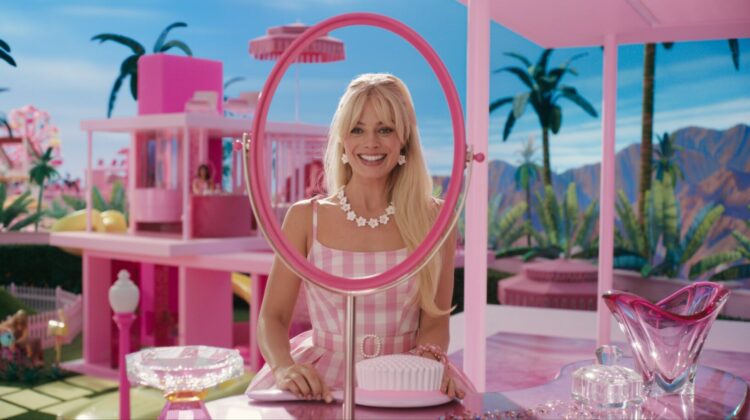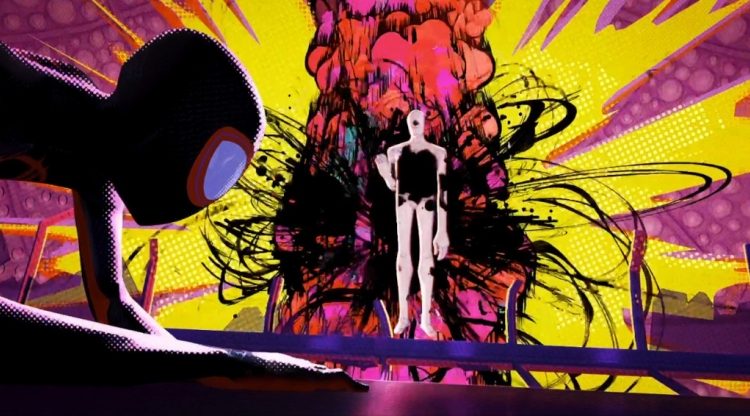Production company Passion Pictures focuses on storytelling across features, television, advertising and mixed media AR/VR. One of the studio’s core offerings is animation, which is overseen by Head of CG Jason Nicholas, a self-described Passion Pictures lifer who joined the company 17 years ago with a background in product/industrial design, 3D and computer graphics. His group primarily delivers commercials and short form content, and often serves as a creative partner for clients looking for input on story and design. We caught up with Jason to find out more about Passion Pictures, where ShotGrid fits into the studio’s workflow and the potential of increased virtualization.

“Our day-to-day varies with each project, but one constant is keeping abreast of new technologies.”
Tell us about Passion Pictures.
We handle a diverse range of projects from large-scale stop frame animation jobs to full CG work. Our day-to-day varies with each project, but one constant is keeping abreast of new technologies. We try to combine creativity with the latest technical advances, always striving to be aware of the latest in the industry. For example, we moved into cloud rendering last year, and have recently taken on a lot of mobile VR work, including work with Google Spotlight Stories.
What are some of your most memorable projects at Passion Pictures?
One standout project that comes to mind is a stop frame animation Christmas ad we did for Sainsbury’s a few years ago. We created full colour 3D printed heads and animated faces for the stop frame shoot. This job was a perfect collaboration of advanced 3D printing techniques, CG animation and traditional crafted stop frame animation. More recently, we worked on a beautiful brand film for Jing Dong that consisted of us seamlessly working across two sites in different countries.

Describe a typical day in your life.
My job covers quite a wide spectrum. A day varies from working with producers on schedules and budgets, to reviewing and developing workflows with the pipeline dev team or meetings with artists and supervisors. A large part of my job is looking for ways new technology can assist the creative process. There’s also an HR element to my role; making sure people are happy as well as interviewing new talent.
“With ShotGrid, we can link to related items and view data in many different ways. It’s more dimensional.”
When did you first start using ShotGrid?
We heard about ShotGrid by word of mouth and have been using it for a while now – at least ten years. I think the way ShotGrid has developed is great and now we use it as our main tracking tool. Before ShotGrid, we were using a custom tool that we’d written, but it was flat and linear. With ShotGrid, we can link to related items and view data in many different ways. It’s more dimensional.
What other tools make up your pipeline?
We use Adobe Premiere, Nuke/Hiero, Mari, Modo, Houdini, Maya and Arnold, which is our primary renderer. Everything publishes to ShotGrid.

“We try to make the connection between our London and Barcelona offices as seamless as possible and ShotGrid helps with that.”
Passion Pictures has offices around the globe. How are the different teams using ShotGrid to stay connected to one another?
London is our main production hub, but we also have offices in New York, Australia, Paris and Barcelona. Our team in London is about 200-strong, including around 60 CG artists. We also have a small, ten-person studio in Barcelona, but it’s really like an extension of the London office; they remote into our London machines and we work on projects in tandem, using ShotGrid to stay up to date on reviews and notes. We try to make the connection between our London and Barcelona offices as seamless as possible and ShotGrid helps with that. At the moment, around 120 team members use ShotGrid across production. When working on a recent shoot, the VFX Supervisor while offsite was able to enter notes and data about the shoot directly into ShotGrid, for artists back in the studio.
What security concerns arise with increased virtualization?
Our data is securely hosted in London and artists remote into machines via a HP’s RGS client or Zero Clients; This means our data is not being moved between sites and it allows us to limit what artists can do and see. With virtual studios becoming the norm, having a high level of security and control is key.

How is ShotGrid being used on a daily basis?
All our artists, supervisors and production teams are in ShotGrid. Our production team is using it with higher level pages that we have designed specifically for their needs. Some of our directors use it to guide creative decisions when working remotely. Both the supervisors and myself regularly use ShotGrid to look at edits and media that has been published, that way we can make sure everything is in line to where it should be from a quality and timeline standpoint, which allows us to intervene early if we need to.
Describe the variety of elements you have to keep track of to produce a typical project.
We are probably running 15-20 jobs at any given time and larger jobs might have up to 300 assets. Animation requires a lot of assets and they’re all intertwined; one change to an asset can have a ripple effect, impacting many artists working on that asset and the team working on the shot the asset is being used for. ShotGrid helps us keep track of all the tasks we must do and how they relate to each other.
What are your favorite ShotGrid features?
Being able to filter data in ShotGrid is great from an analytics angle, and for creative, I love the media app and cut support. We introduced cut support last year when working on a job for Jing Dong, a high profile Chinese online retailer. It was a three-minute short film that tells the story of a relationship between a dog and a heron. We split the workload between Barcelona and London, and, through our workflow setup, were able to review each other’s work and transparently see what each studio was doing. With cut support, all artists can review their department’s work in an edit that’s updating in real time, meaning every piece of work we publish can always be viewed in context, and we can see tech renders to validate creative decisions like how the edit flows and whether the lighting continuity works.

How do you stay connected to the ShotGrid community?
The industry is small, so we all talk, and I see what other people are doing when I attend social events. We’re all doing similar but nuanced work.
“We’re heading towards a model where studios facilitate the collaboration of artists around the world.”
What do you think is the biggest challenge for studios today?
Technology advancements constantly introduce new opportunities to optimize workflows so it’s important for studios to change with the times. Cloud rendering is an increasingly relevant topic as are remote studios. We’re heading towards a model where studios facilitate the collaboration of artists around the world and have them remote into workstations. Our Barcelona studio is taking this approach and I can see it expanding; it’s exciting how we can use technology to give people the option to work remotely on jobs that interest them. The nomadic artist lifestyle is fine for a while, but some people hit a point where they want to be with family and settle down. Finding the right work/life balance can be challenging in this industry; I think it’s important for companies to foster working environments that artists enjoy and, in turn, can produce the best work possible.

+++
Thanks to Jason for taking us behind-the-scenes at Passion Pictures. For more on the studio’s latest work, visit: www.passion-pictures.com


